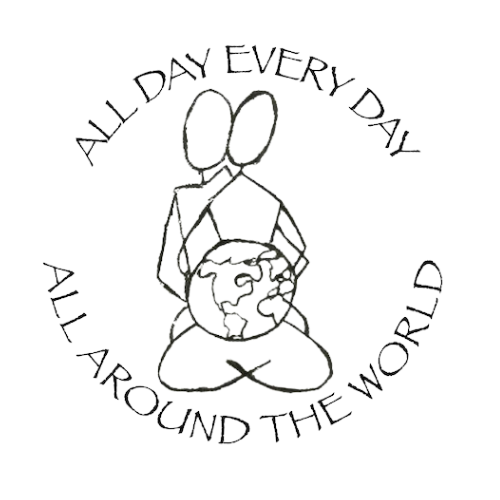We like to consider care grouped into two different models. The care provider you choose will depend on what type or “model” of care you want.
The most common model of care in the past 100 years has been the “medical” model of care.
The second is known as the midwifery model of care.
We will go over these two models because that really determines 3 things:
- Who will be your care provider,
- Where you will give birth to your baby
- What type of childbirth class you will want.
First we’ll cover the medical model:
The medical model of care uses technology and medical science to replace what it considers unpredictable in childbirth. The “Standard of Care” is “standardized” care. Protocols and checklists can be in place in advance of the mothers preferences. Often times, mom and baby are treated with these checklists and not as individuals, having their own experience, in their own time.
This model has a very different paradigm than midwifery. Since it considers childbirth potentially dangerous, interventions are commonly used to speed up labor and give the care providers a sense of control over the childbirth process.
Interventions including medications and instruments are often used at the first sign of a prolonged childbirth – even if there is no complication in sight. This model is part of the reason that surgical delivery is considered at nearly 30% in the U.S.
The medical model of care takes place in hospital settings. You can work with an OB, a nurse midwife, and sometimes a family practitioner. The hospital will often have birthing classes at the hospital. Many times the focus of these classes are more about medicalized birth, but not always. Many hospitals offer other options if that is what parents are requesting. And taking birthing classes outside of the hospital is always an option as well.
Then we have the midwifery model.
This model of care begins with the idea that birth is a normal physiological process rather than an emergency situation. In the midwifery model, your state of mind will have an impact on the labor process therefore every woman gets individualized care. Childbirth preparation is necessary because a woman’s participation is critical for a healthy pregnancy, labor, and birth
The midwifery model minimizes intervention and cesarean rates as much as safely possible. Midwives monitor both the mother and the baby and provide education and support. They use tools to prevent problems with the least invasive methods possible. Midwives follow the lead of mom. They watch how mom labors to see what stage she is at. They monitor both mom & baby for safety, while giving them space and letting them follow the lead of their body & baby. Midwives are often referred to as lifeguards – if you’re swimming and you’re fine – they’re going to give you your space. They are 100% there and ready if they need to help.
Homebirth midwives sometimes over their own birthing classes and can definitely recommend some as well. As they are focused on a more physiological birthing, they would be more likely to encourage moms to take a class that would focus on mom’s ability to birth baby more naturally and be more mindful & empowering for them. The mind/body connection is a huge piece to that.
I definitely had a strong preference for a midwifery model of care, as my philosophy on birth was & is that it is a natural, physiological function of the body. It happens all day, every day, all around the world and has done so since our existence. Again, that was me.
You might not have a strong preference and that’s totally fine. In the end, it’s the mom who truly needs to decide where she feels comfortable birthing – and who she feels comfortable birthing with. And that choice is going to be unique to every mom, every baby, every birth.
<3
